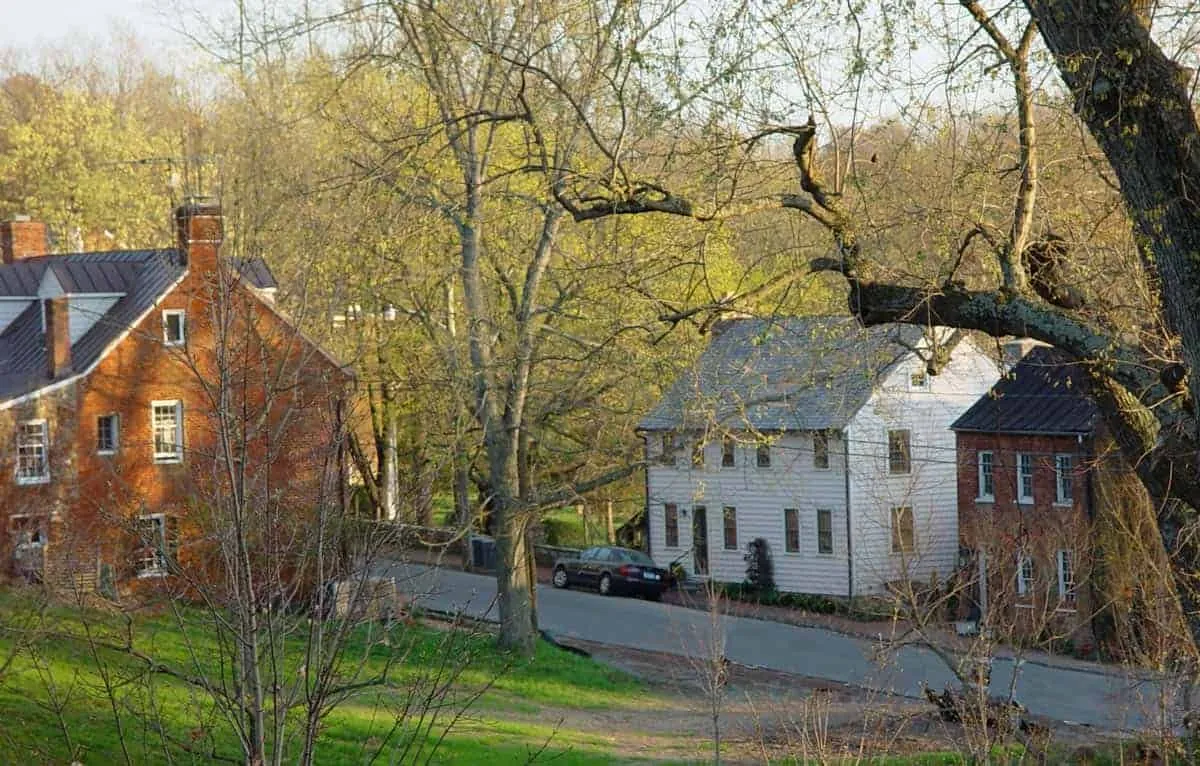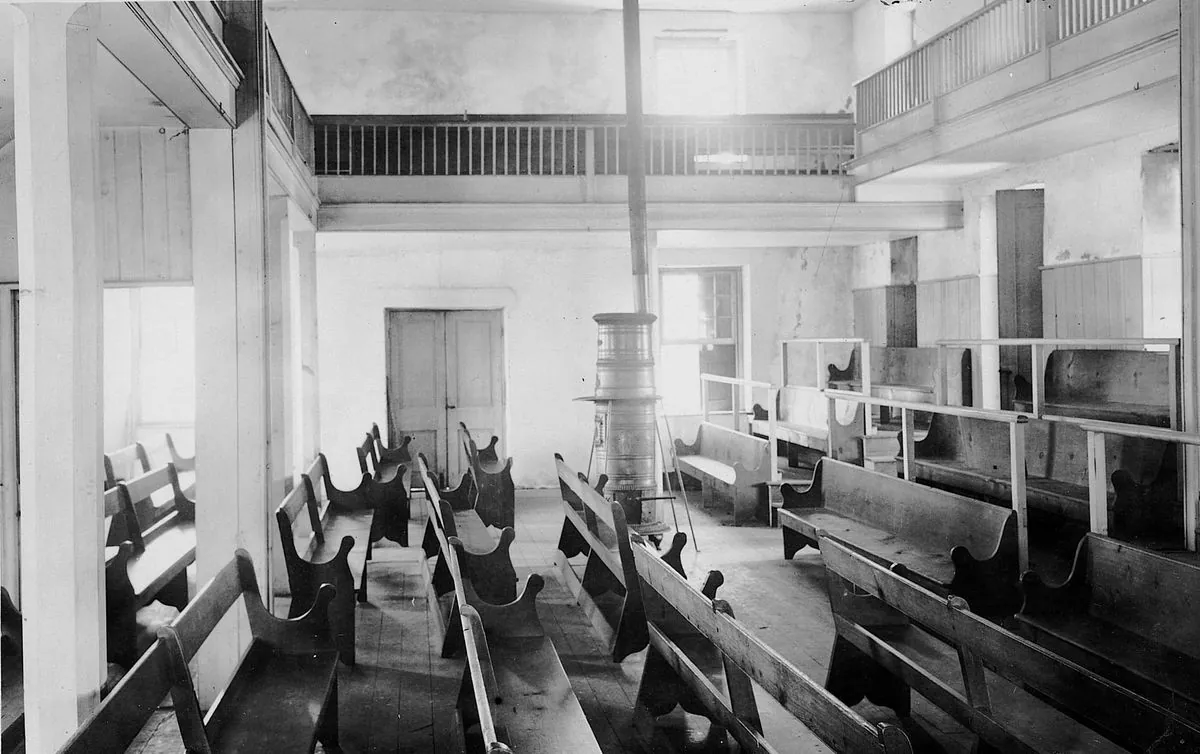Waterford: A Historic Gem Preserving Rural Charm in Modern Virginia
Waterford, a National Historic Landmark in Loudoun County, Virginia, maintains its 19th-century rural character amidst rapid regional development. With 181 residents, it balances preservation and modern living.

In the heart of rapidly expanding Loudoun County, Virginia, lies a small village that seems to defy the passage of time. Waterford, home to just 181 residents as of 2024, stands as a testament to America's rural past, carefully preserved amidst the encroaching modernity of northern Virginia.
Recognized as a National Historic Landmark by the National Park Service, Waterford offers visitors and residents alike a glimpse into early 19th-century rural life. The village's unique layout, with streets that meander across several small hills, has captivated observers for nearly a century. This distinctive design contributes to Waterford's charm and historical significance.
The village's roots trace back to the 1730s when Quaker settlers first arrived in the area. In 1784, Joseph Janney established the village, founding a grist mill and sawmill that became the cornerstone of the community. These early industrial endeavors were typical of frontier settlements in the young United States, providing essential services to the surrounding agricultural community.

Waterford's history is intertwined with significant events in American history. During the Civil War, the village found itself at the crossroads of divided loyalties. In 1862, a notable skirmish occurred at the town's Baptist church, highlighting the conflict that tore apart communities across the nation.
The village's commitment to education and equality is evident in its historical institutions. Following the Civil War, the Freedmen's Bureau established a school for Black children in Waterford. Today, the Waterford Foundation continues this educational legacy by offering classes at the Second Street School, providing fourth-graders with insights into the experiences of Black children in 19th-century segregated education.
Preservation efforts in Waterford are spearheaded by the Waterford Foundation, established in 1943. The foundation works tirelessly to maintain the village's historic buildings and educate the public about its rich past. This dedication to preservation aligns with the broader movement of historic conservation that gained momentum in the United States during the 1960s.
Despite its small size, Waterford boasts a diverse community. Christy Hertel, a real estate agent and 22-year resident, describes the village as attracting "unique people," including artists, families, and retirees. This eclectic mix of residents contributes to the village's vibrant character.
However, Waterford faces challenges as it strives to maintain its historic integrity. The village grapples with increased traffic from commuters seeking shortcuts and potential threats from development projects, such as proposed high-voltage power lines. These pressures reflect the broader issues facing many historic communities as they navigate the delicate balance between preservation and progress.
"When I came out, I was fortunate enough for there to have been a number of old residents, even some who had been born and raised here. And then for a number of years the people who came were really committed to history and preservation. And now I'm seeing the influx of people to the area, subdivisions around us. That's changed the character of the village."
Despite these challenges, Waterford maintains its small-town atmosphere. The village hosts annual events such as a craft fair and a Fourth of July parade, featuring Revolutionary War reenactors and children on decorated bicycles. These traditions help preserve the community's close-knit feel, even as the surrounding area undergoes rapid transformation.
As Waterford looks to the future, it stands as a living example of how communities can preserve their historical character while adapting to the needs of modern residents. The village's ongoing story serves as a reminder of the importance of protecting America's diverse cultural heritage for future generations.


































